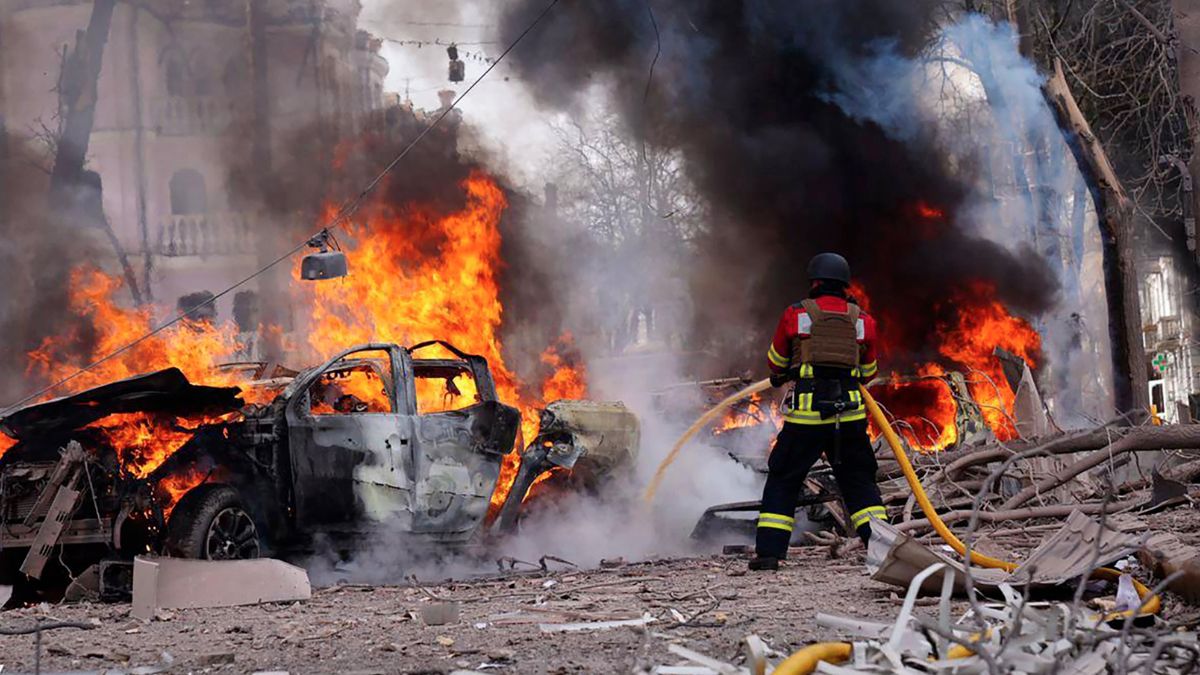Indian military aircraft deployed to send relief material to quake-hit Myanmar late last month encountered “GPS spoofing”, raising alarm. News agency PTI reported that as India’s C-130 J aircraft was dispatched to Myanmar on March 29 to transport relief material, its pilots faced a massive cyberattack while in Myanmar’s airspace.
The pilots had to activate backup systems to navigate through the attack, preventing any casualties or losses.
New Delhi dispatched six military transport aircraft to Myanmar carrying relief materials, field hospitals, and rescue teams. However, officials reported that most of these aircraft encountered GPS spoofing—a deceptive tactic where false GPS signals mislead navigation systems.
According to the sources cited by PTI, as the aircraft faced “GPS interference and spoofing”, the pilots switched on ‘inertial navigation system’ and thus were able to avert any untoward incident.
Apart from C-130 J, the Indian Air Force also deployed C-17 Globemaster heavy-lift transport aircraft to carry relief materials and rescue teams to Myanmar.
The sources said it was impossible for the IAF to investigate the cyberattacks as they had occurred in a foreign airspace. However, the sources pointed fingers at “regional adversaries” when asked about perpetrators.
“The GPS spoofing must have been carried out by our adversary in the region,” the sources said.
As the first aircraft encountered GPS spoofing, other IAF pilots were made aware of the threat and were asked to be prepared.
GPS spoofing is a normal wartime tactic in active conflict zones. Similar GPS spoofing incidents have been cropping up closer to the Line of Control as well. Since November 2023, 465 cases have been reported near Amritsar and Jammu.
While investigations are still underway, the growing frequency of these incidents is raising serious concerns about aviation safety and regional security.
On March 28, Myanmar was rocked by a massive 7.7 magnitude earthquake that claimed 3,649 lives and left over 5,000 injured. The quake triggered hundreds of aftershocks, with tremors felt as far as Thailand and northeastern India.
In response, India launched Operation Brahma, stepping in as a first responder with Search and Rescue (SAR) teams, humanitarian aid, disaster relief, and medical support. Indian aircraft ferried tonnes of supplies, rescue specialists, and equipment to the affected zones.
However, rescue operations in Myanmar have been severely hampered. The ruling junta’s tight control over communication has made internet access patchy, while unpredictable weather continues to challenge relief efforts.
(With inputs from agencies)


)
)
)
)
)
)
)
)
)



